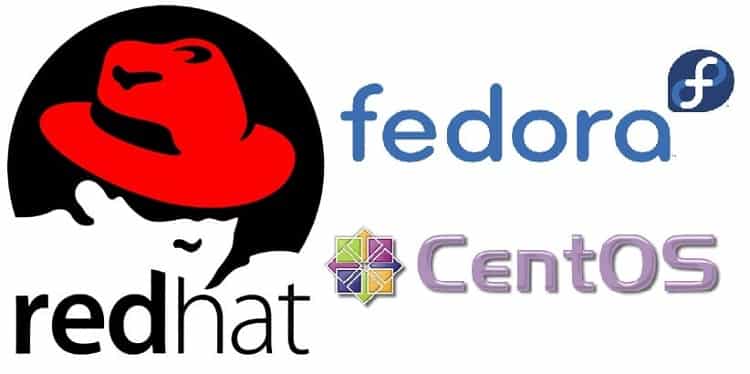Fedora, Red Hat Enterprise Linux and CentOS are all Linux distributions . Sponsored by Red Hat, Fedora is developed by the Fedora community, RHEL is a distribution produced by Red Hat and CentOS is a derivative of RHEL. But if these distributions are all three linked, what are their particularities and their differences?
Fedora:
Since its existence, the Fedora distribution has received numerous updates and benefits from regular improvements. This is a free distribution that favors the implementation of new features , moreover, it is not uncommon for new technologies to see the light of day with this distribution. Red Hat’s collaboration with the larger Fedora community allows professional developers to work on projects tested in it.
Here is a non-exhaustive list of Fedora features:
- Community-driven development
- Focuses on new features / technologies
- Sponsored by Red Hat
- Free
- Short release cycles
RHEL:
Based on the evolution of Fedora, RHEL is a paid version mainly intended for the professional market and strategic applications. RHEL comes with support provided by Red Hat; its particularity is that it focuses on stability. Fedora and the red hat publisher therefore have a beneficial relationship guaranteeing rapid innovations.
Here is a non-exhaustive list of RHEL’s peculiarities:
- Produced by Red Hat
- Paid
- Based on Fedora
CentOS:
Freely provided to the public by Red Hat, CentOS is in essence, the community version of RHEL. Free and almost identical, all packages are recompiled. This distribution which benefits from the support of the community makes it a variant similar to RHEL, but without the support of the company with the red hat. CentOS is ideal if you want to reduce your costs and benefit from the stability of RHEL.
Here is a non-exhaustive list of the specifics of CentOS:
- Community-driven development
- A variant similar to RHEL
- Free
- Favor stability

